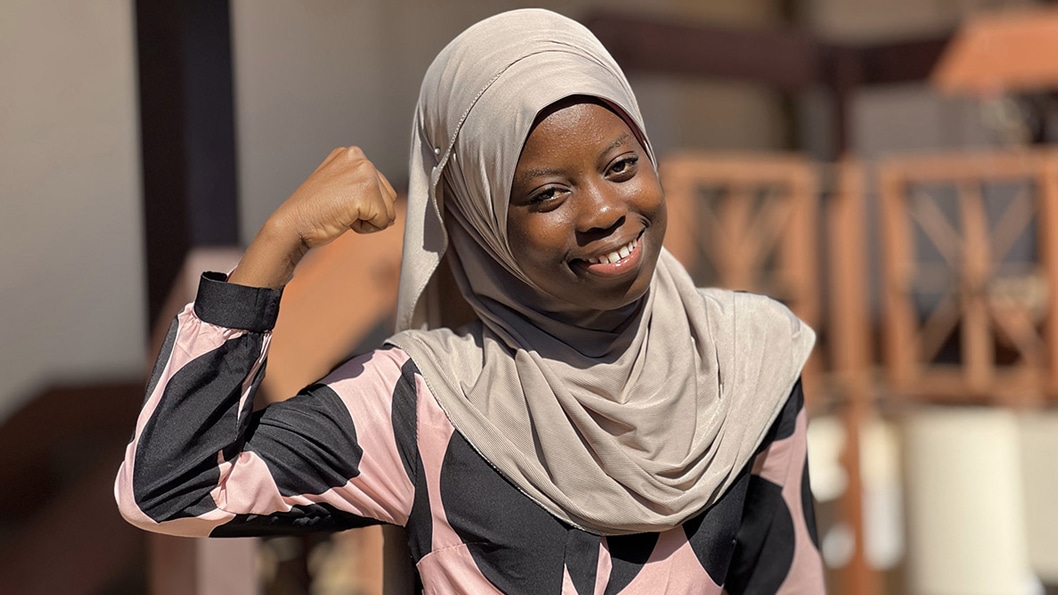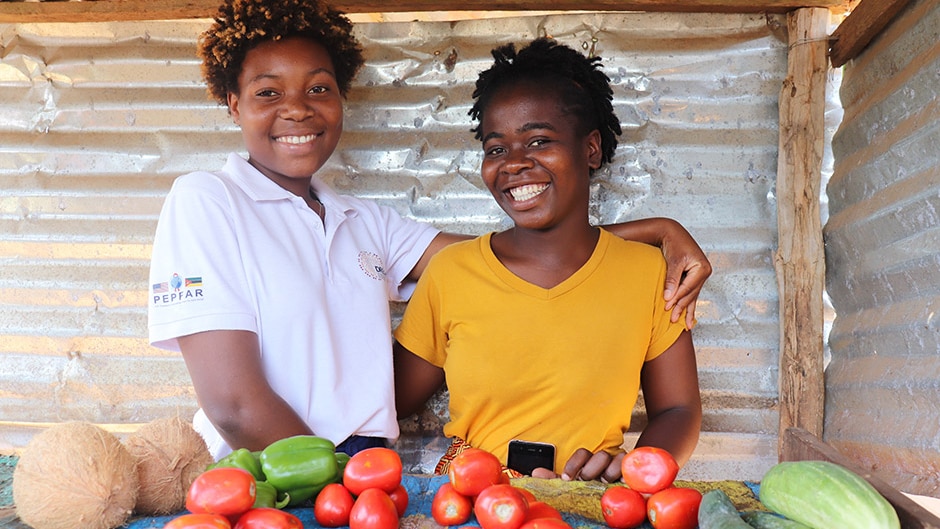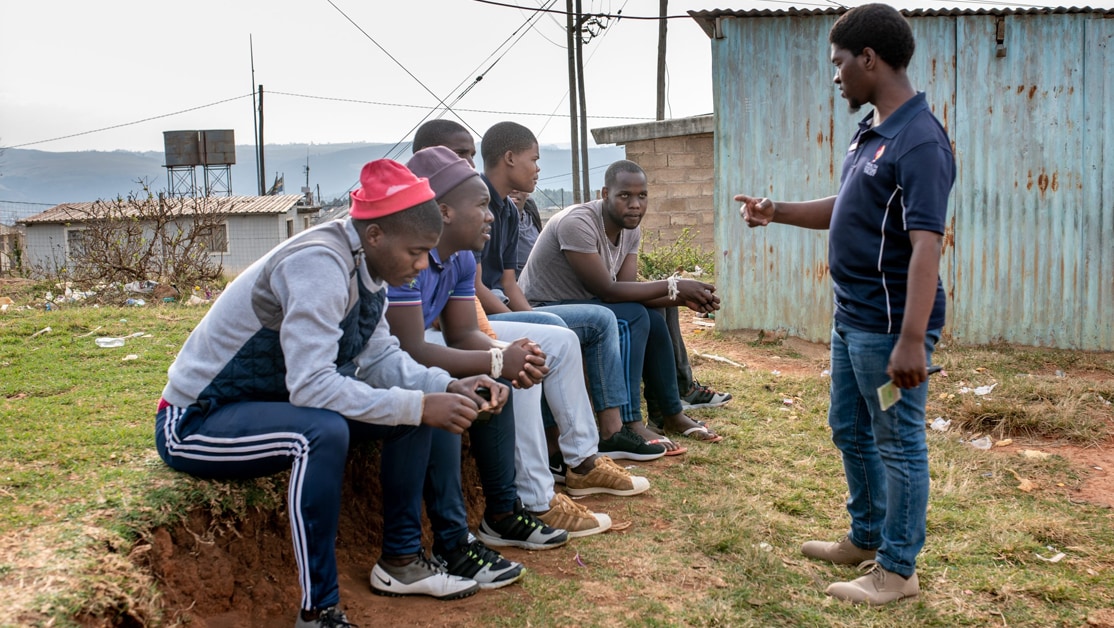At a glance
CDC works with partners and countries to strengthen adolescent-responsive health services that are tailored to the unique health needs of adolescents. These settings and services can improve HIV prevention and treatment outcomes.
Nordina's story

Nordina faced challenges in accessing the necessary services to protect herself from HIV and violence. In Mozambique, young men and women in her community often had limited and inaccurate information about HIV and violence and encountered stigma when seeking information and services. Specifically, the use of condoms and other forms of contraception were strongly discouraged. These social norms created difficult barriers for young men and women like Nordina to protect themselves and increased their risk of contracting HIV.
CDC works with partners and countries to strengthen adolescent-responsive health services. These are services provided in settings beyond traditional healthcare which are tailored to the unique health needs of adolescents as they begin to explore and understand their reproductive health. Adolescent-responsive settings and services can improve HIV prevention and treatment outcomes.
Bringing Services To The Community
The situation in Nordina's community began to change with the implementation of activities led by CDC and partner Friends in Global Health, who work with communities of faith through local faith-based organizations. Peer educators organized community dialogues and provided health education sessions at community and religious gatherings.
During one of the events with religious leaders, Nordina heard about pre-exposure prophylaxis (PrEP) and post-exposure prophylaxis (PEP) to prevent HIV infection. This was the first time she had heard about effective methods of protecting herself against HIV, and she decided to learn more. She was referred to the local adolescent-responsive health facility, where she received detailed guidance on PrEP, PEP, and violence prevention.
After Nordina tested negative for HIV, she was guided through PrEP initiation.
Looking Forward
Because of the collaborative services available to her and the education she received, Nordina is now taking daily PrEP to protect herself from HIV. When taken consistently, PrEP reduces transmission of HIV by 99%. Many other young men and women in her community are benefiting as the outreach continues and expands.
Reaching more young men and women like Nordina with HIV and violence prevention information and services is a critical step in eliminating HIV as a public health threat and in supporting young people around the world in living safe, healthy, and productive lives.


